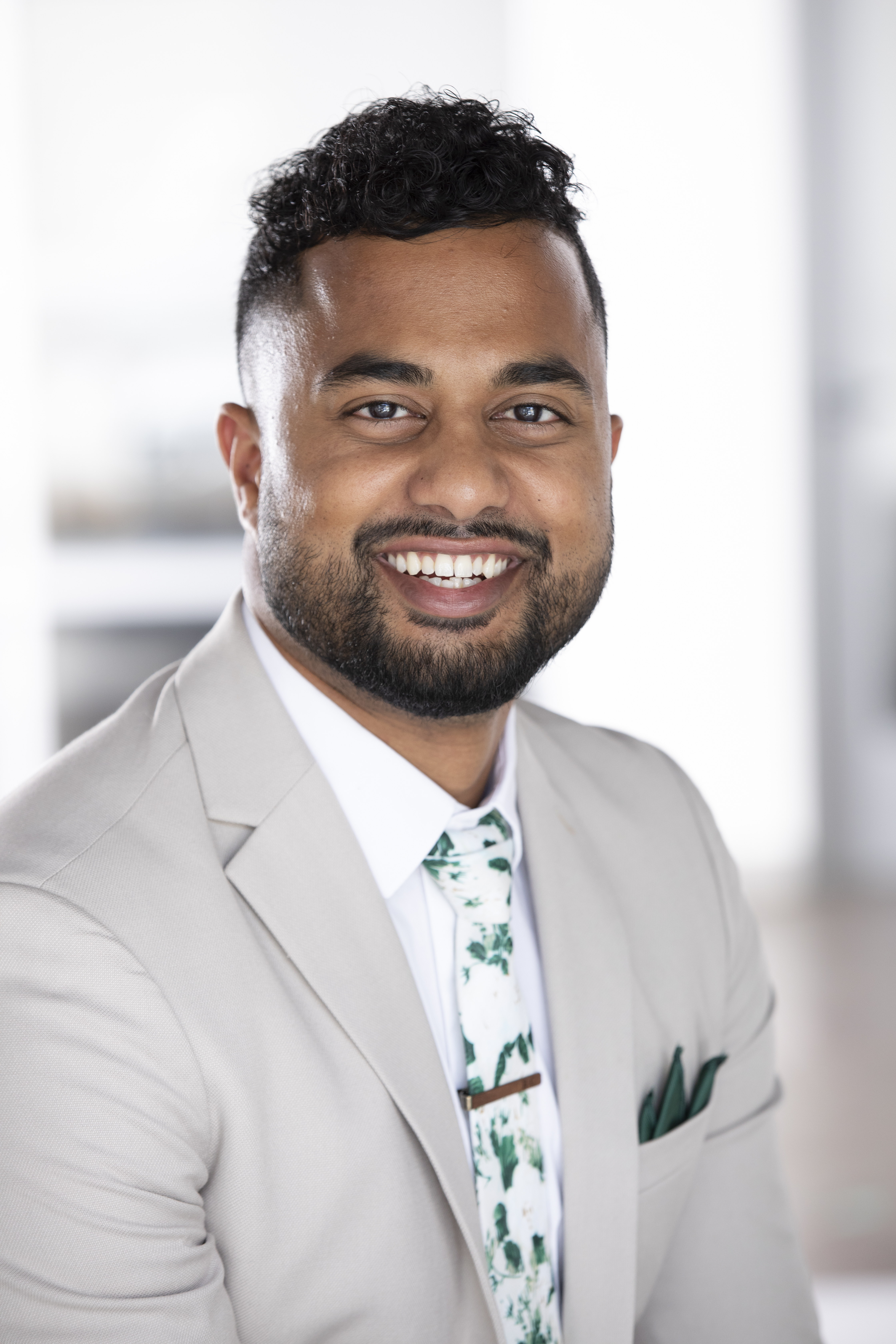“We’ve been managing myopia for decades,” one of my professors once said with a smirk, prompting a few laughs from my classmates. Unlike most in our field, he wasn’t convinced of the concept of modern myopia management.
At the time, I didn’t think much of it. I was planning an ocular disease residency and imagined myself working in a referral center. But after transitioning into private practice, my interest in specialty contact lenses and the meaningful impact they can have began to grow. Over time, myopia management became a larger part of my work as I incorporated orthokeratology (ortho-k), soft multifocal lenses, and low-dose atropine into my treatment plans. Though I’m still learning, the past 3 years have taught me valuable lessons about integrating this care into clinical practice.
Much like winning in a team sport, success in myopia management depends on everyone playing their role. Our “experience ambassadors” at the front desk introduce the concept to families scheduled for a consultation to discuss time and cost. Technicians build on that foundation by performing the appropriate scans and answering initial questions. By the time I enter the room, the groundwork is in place for a collaborative conversation. I can then tailor the treatment plan and set realistic expectations about treatment outcomes. Each step in the process is critical to ensure that patients and their families feel confident and supported.
Perceived value is essential, especially considering the financial commitment and time involved. Parents who have had personal experiences with conditions such as myopic maculopathy or retinal tears often grasp the importance of early intervention. But for others, myopia can seem like a benign refractive condition that is easily corrected with glasses, a perception has been shaped over decades. I rely on visuals, analogies, and personal stories to shift that perception. And if the patient or the patient’s parents aren’t ready to begin treatment, I document the discussion and schedule a 6-month follow-up appointment. Often, once they see signs of progression, they’re more likely to commit to a treatment plan. Planting the seed early helps cultivate better understanding over time.
As with glaucoma, managing myopia is not a one-size-fits-all process—treatment must be personalized. Ortho-k is a great option for active children (especially those involved in sports), and parents appreciate that their kids don’t need to wear lenses during the school day. However, limitations in prescription strength or continued progression may require adding or switching to low-dose atropine.
Even after nearly 4 years in practice, I recognize how much there is to still be learned in this evolving field. Ongoing education, in the form of lectures, articles, forums, and professional conversations, is essential. If I don’t have an immediate answer, I make it a point to follow up after reviewing the literature or consulting with peers.
Maintaining strong relationships with referring doctors is just as important. I make sure patients know they must return to their primary optometrist for routine care and eyewear. I also send regular updates and clinical records to the referring provider to build trust and continuity. These partnerships have been instrumental in growing the specialty lens and myopia management portion of my practice.
Reflecting on that classroom moment, I now see how my perspective has changed. What once seemed like a niche concept is now a core part of my clinical care. I continue to learn every day, and I hope to inspire others to join me in offering this life-changing service.
This editorial content was supported via unrestricted sponsorship.




